Our Research
As climate changes, how do Earth's frozen areas affect our planet and impact society?
In this section
Related News & Stories
Filter by:

Snow Analysis
Snow-covered area in May 2024 across the western United States was 56 percent above average (Table 1), at 156,000 square kilometers (60,000 square miles) of snow cover, ranking third highest in the 24-year satellite record. May snowfall brightened the snow cover in some areas while others darkened from lack of snowfall.
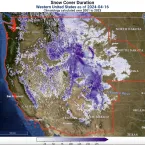
Snow Analysis
Snow-covered area was 203 percent of average for April, ranking second highest in the 24-year satellite record. Despite a snowy April, snow cover days were below average because of a widespread slow start to the snow season. States in the north reported below-average snow water equivalent, while the opposite was true for states in the south.
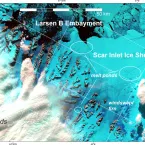
Ice Sheet Analysis
In late February and early March, two record melt events for that time of year occurred on the Antarctic Peninsula. Overall, however, the 2023 to 2024 melt season was slightly below the 45-year average because of low melt regions outside of the Antarctic Peninsula.
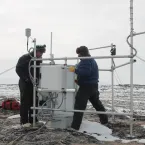
Spotlight
The Silalirijiit Project was an innovative effort to engage community members and stakeholders to better monitor and understand the weather of Baffin Island’s Clyde River region. It combined state-of-the-art weather-monitoring technology with local Inuit knowledge.
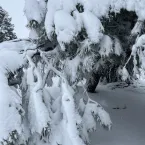
Snow Analysis
March started out dry in the western United States, but made significant gains in winter storms toward the end of the month, finishing tenth in snow-covered area over the 24-year-satellite record. Snow-covered area reached a maximum on January 17, 2024, spot on with the average over the data record.
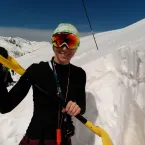
Spotlight
Ann Windnagel is a project manager at NSIDC. Her contributions span data set development, interactive applications, and research related to glaciers, sea ice, and snow. In this Q&A, she describes the many hats she has worn over the years, her biggest challenges, and her biggest rewards.